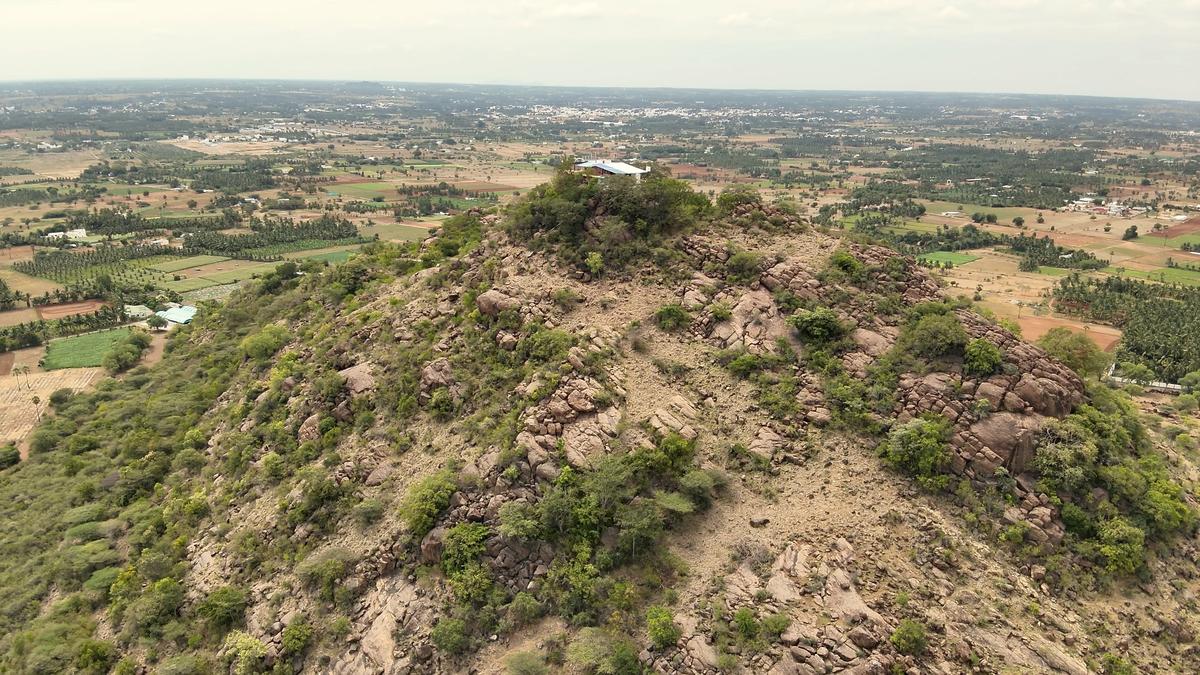Home / Environment / Tamil Nadu Safeguards Biodiversity Gem: Nagamalai Hillock Declared Heritage Site
Tamil Nadu Safeguards Biodiversity Gem: Nagamalai Hillock Declared Heritage Site
8 Oct
Summary
- Nagamalai hillock in Erode district notified as Tamil Nadu's 4th Biodiversity Heritage Site
- Hillock spans 32.22 hectares and is home to 138 plant species, 118 bird species, and diverse wildlife
- Site holds archaeological and cultural significance with ancient artifacts and a 400-year-old stone carving

On October 8, 2025, the Tamil Nadu government took a significant step to safeguard the state's biodiversity by notifying Nagamalai hillock in Erode district as its fourth Biodiversity Heritage Site. The 32.22-hectare hillock is an ecological treasure trove, providing a vital habitat for migratory and resident birds, aquatic species, and diverse wetland ecosystems.
Surveys have documented the hillock's rich biodiversity, including 138 plant species, 118 bird species (with 30 migratory species), seven mammal species, 11 reptile species, five spider species, and 71 insect species. Some of the notable species found here include the Greater Spotted Eagle, Pallid Harrier, and Bonelli's Eagle.
In addition to its ecological value, Nagamalai hillock holds significant archaeological and cultural importance. Findings such as cairn circles from the Iron Age, rock shelters, and ancient artifacts reveal its deep historical roots. A 400-year-old stone carving of Lord Anjaneya, recorded by the Archaeology Department, further underscores the site's cultural heritage.
With this latest designation, Tamil Nadu now has four Biodiversity Heritage Sites, including Arittapatti in Madurai district, Kasampatty in Dindigul district, and Elathur lake in Erode district. These protected areas play a crucial role in conserving rare, threatened, and keystone species, safeguarding sites of evolutionary significance, and strengthening the state's cultural linkages with nature.



